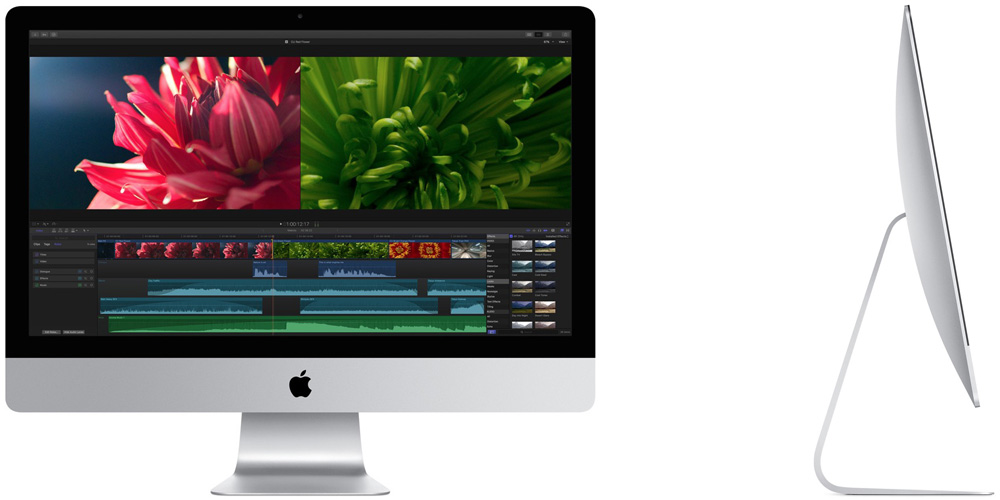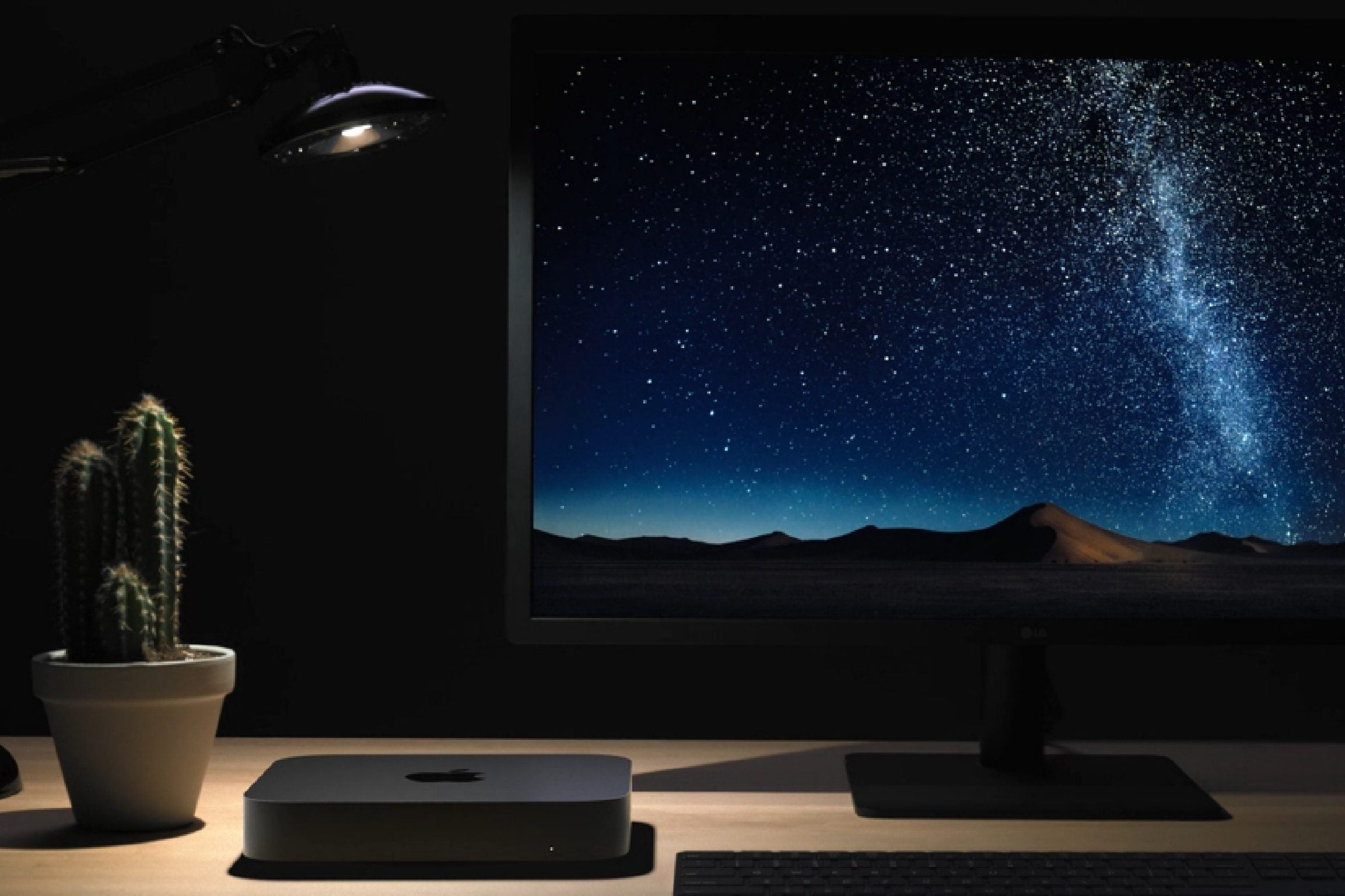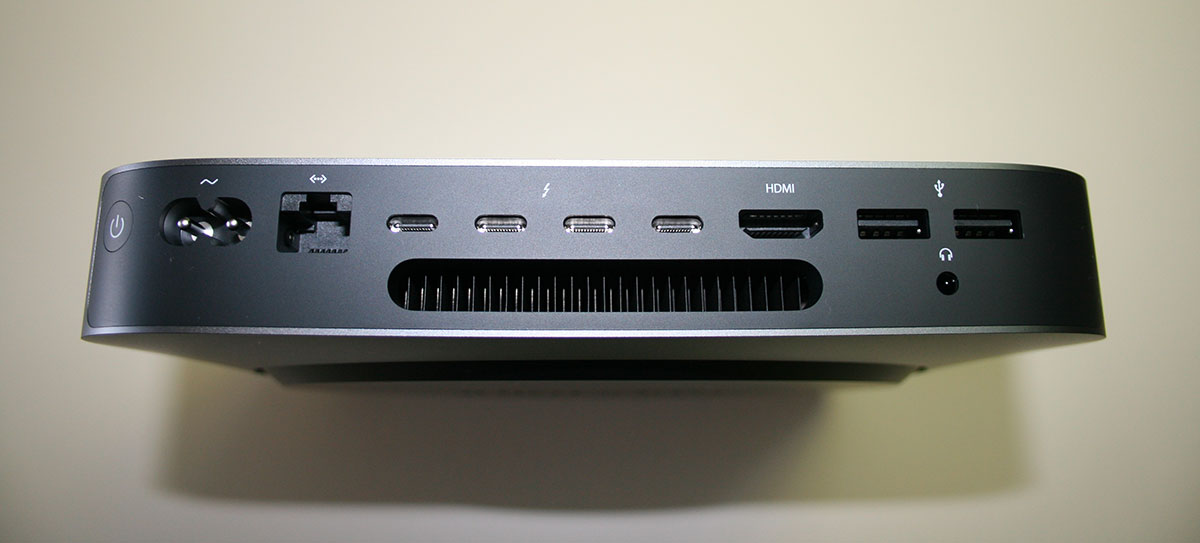
If your iMac has a Mini DisplayPort, then you’ll need a Mini DisplayPort cable. If it has a Thunderbolt 3 (USB-C) port, then you can connect using the Apple Thunderbolt 3 (USB-C) to Thunderbolt 2 Adapter. If your iMac has a Thunderbolt port, then you’ll need a Thunderbolt cable. To use Target Display Mode, you’ll need to connect your iMac and your Mac, via the correct cable.ĭepending on your model of iMac, it may have a Mini DisplayPort or a Thunderbolt port:
Mac monitor for 2018 mac#
reconnect your Mac to your monitor using a different type of cable then you normally would choose (e.g.Target Display Mode is a feature that’s designed specifically for those who own two or more Macs, as it allows you to use your iMac as the external display for another Mac.

if your monitor switches on now, uncheck the “Mirror Display” option again and close your MacBook… you should be good now….click on the “Arrangement”-tab and in the next window put a checkmark at “Mirror Display”.if your monitor switches on, you’re good, if not….first, press the ALT-key on your keyboard and a button marked “Detect Displays” appears where the “Gather Windows”-button used to be click on it when it appears.select the Display Preference window that has 3 tabs on it marked “Display”, “Arrangement” and “Color” (not the window that has “Display” and “Color” only).
Mac monitor for 2018 windows#



In such situations you should always do this first : In my office, I am using an external monitor as my main screen for my MacBook Pro. Today, the screen didn’t respond when I connected my MacBook however : the screen stays black and nothing appears on-screen. So I opened up my MacBook and used the built-in screen to figure out what’s wrong, but so far I haven’t found any indication in the Displays Preference Panel that my MacBook even detects the second screen…


 0 kommentar(er)
0 kommentar(er)
